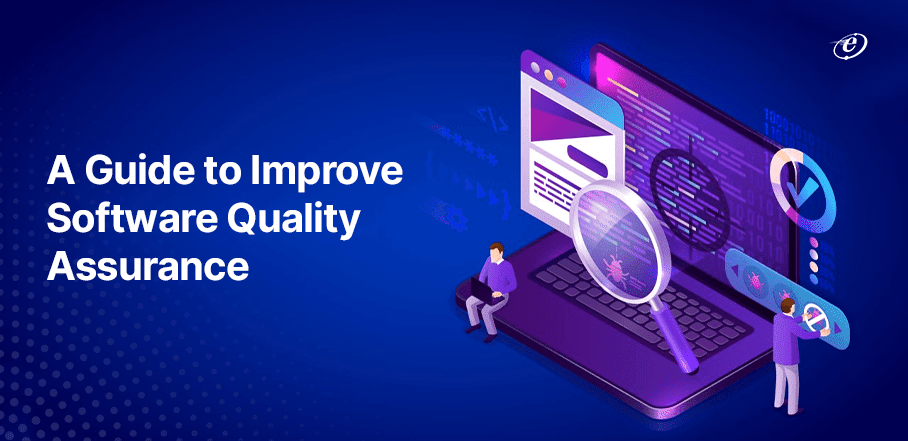
QA Process Improvements: Tips for Efficient Optimization
“Quality means doing it right when no one is looking.” – Henry Ford.
This quote from the legendary American industrialist is a solid motivator for companies to perform QA process improvements efficiently.
Generally, IT businesses allocate around 23% of their annual budget for QA process improvement. The reason is simple – if your product passes all quality tests, there are heightened chances of customer satisfaction.
Yet, not everyone can set aside considerable money for quality assurance process improvement. Even if you can, it is always favorable to save some bucks in your development process, right?
With the right approach toward QA process improvements, you can attain high efficiency without spending too much on software testing. This blog aims to help you in this process. So, scroll ahead and enlighten yourself.
What is the QA Process in Software Testing?
The Quality Assurance (QA) process in software engineering involves a series of activities that ensure the final product is high-quality and meets users’ needs.
Here’s a breakdown of the typical QA process:
1. Requirement Analysis
QA Engineers examine the software requirements to understand the software’s goal. They may also consult with developers and clients to get a clear picture of the functionalities.
This activity is crucial to identify potential testing areas early on.
2. Test Planning
The QA specialists create a plan outlining the scope of testing, the types of tests, and the required resources. This plan ensures a systematic approach to testing.
3. Test Design
Next, the professionals design individual test cases that cover different functionalities and scenarios.
These test cases act as a roadmap for executing the tests.
4. Test Execution and Defect Reporting
In this stage, the QA Engineers run the test cases and document any bugs or issues. They also report these defects to the development team.
5. Re-tests and Regression Testing
After fixing a defect, the QA tester re-runs the specific test case to ensure the fix works as intended. Regression testing involves re-running tests after adding new features to ensure they don’t break existing functionalities.
6. Release Testing
This is the final stage, during which the QA team performs a comprehensive set of tests on the complete software product before the final release.
QA Process Improvements: Understanding the Basics
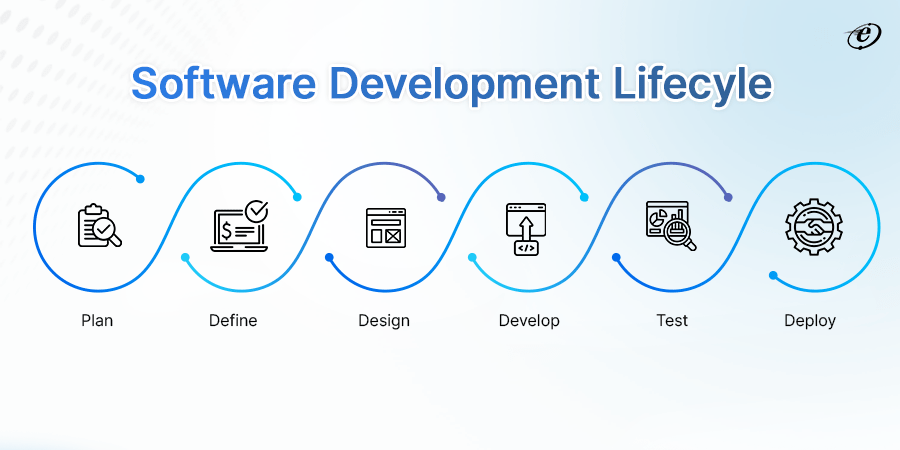
First, you should understand the meaning of quality assurance or QA process in agile. For this purpose, knowing a bit about the software development lifecycle (SDLC) is essential.
SDLC comprises the following stages:
- Planning: Understanding project requirements and formulating the features, duration, tech stack, and budget of a software
- Defining: Laying down all the main points in a systematic document. This stage serves as the foundation of the entire SDLC
- Designing: Before QA process improvements, developers need to build the central architecture of an app or software. This step deals with establishing the fundamental wire-frame of the project
- Developing: In this stage, dedicated developers use the process of coding to build UI/UX, features, and functionality of the web or mobile application
- Testing: This step involves QA process improvement, bug identification, troubleshooting, and fault elimination. So, testing and integration is paramount to the success of an IT project
- Deployment: An SDLC closes after the completion of the final launch. However, most reliable companies offer post-launch support for maintenance and updates
As you can understand, quality assurance process improvement is a critical step before launching the final product. QA means the technique of assuring that your product or software meets the desired quality levels.
QA process improvements aim at enhancing the approach of performing quality testing on IT products by activities like automated testing and efforts of skilled QA engineers.
QA Process Improvements: A Fundamental Template
Now, before moving on to understanding QA process improvement tips, it is essential that you establish a well-defined template.
It is crucial to know that there is no ‘ideal’ structure for setting up a QA process in agile. However, following some proven stages, you can build the right approach and optimize it with the best practices. Explore this section to know more.
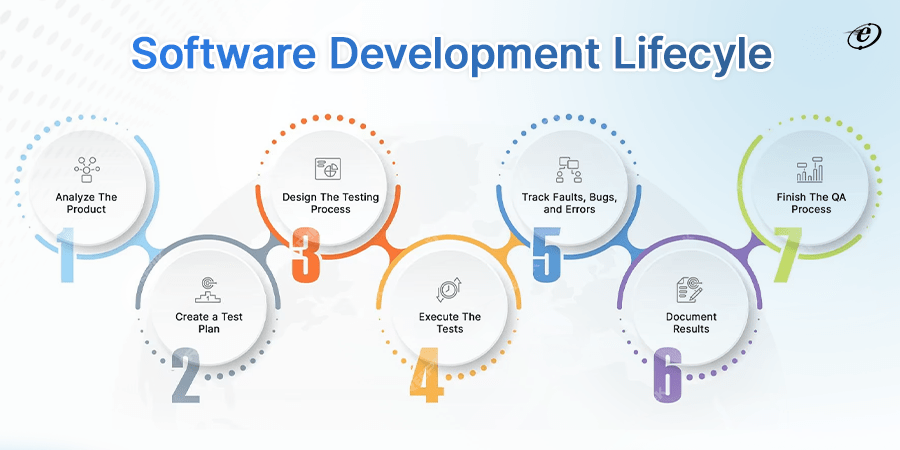
Steps of a well-defined QA process:
- Preliminary analysis
- Test plan creation
- Testing design
- Execution of required tests
- Fault tracking and management
- Documentation and reporting
- End of QA and testing
QA process improvements aim to streamline these seven steps through well-known strategies and tips.
So, first, you need to establish such a structured QA process. Next, implement it in your organization. Note the scope of enhancement and apply our quality assurance process improvement tips for the best results.
How to Implement QA Process in an Organization
It is possible to conduct all the required QA tests without allocating a considerable quantum of your budget. Here are some practical tips for you to contemplate for final implementation.
1. Use a Test Automation Tool
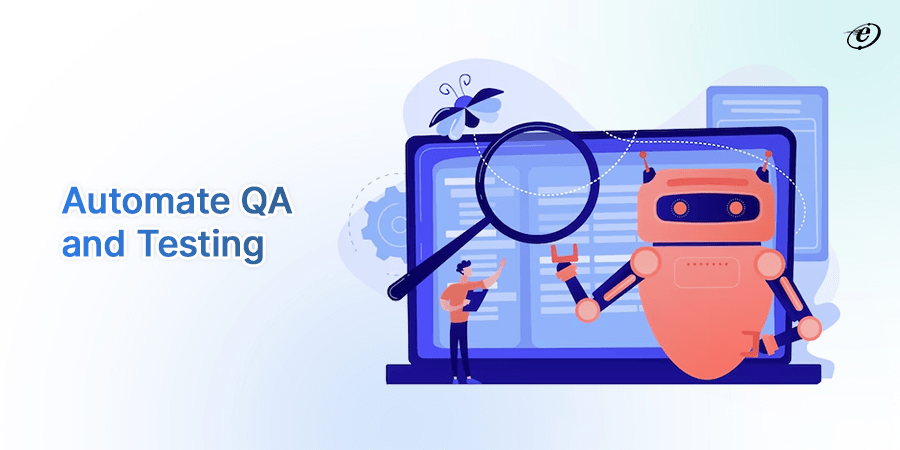
One of the best practices for QA process improvement is using recent technology. For testing and quality checks, you have to face repetitive and manual tasks.
In most cases, the QA team can find these activities to be time-consuming. Automation tools can prove to be game changers. All you need is to choose a reliable tool or build a customized one with the help of skilled and vetted developers.
Dedicated developers can ensure seamless QA process improvements by writing codes for automating software tests. Software like Selenium, Appium, and Cypress are good examples of this technology.
2. Experiment with Shift-left Testing

This term implies the shift of testing activities towards the left (at the early stages) of a product’s development. As a result, the development team contributes towards QA process improvements.
One of the standard practices of shift-left testing is the continuous review of codes. In addition, integration of unit testing leads to the early identification of defects in the software.
Such quality assurance process improvement eliminates the need for code reversal in the latter stages of SDLC. Thus, you can save costs and reduce the requirement for detailed testing. You must describe your approach to testing and improving QA to better understand the shift-left practice.
3. Formulate a QA Process Improvement Plan

Planning is critical for quality assurance process improvement. After proper implementation, A group of strategies can lead to reduced time, cost savings, and overall efficiency.
Your QA process improvement plan can include the following points:
- Testing automation
- Regression testing
- Metric evaluation
- User acceptance testing
- Synthetic data analysis
- Efficient data management
- Optimum time size determination
You need to assign these tasks to a competent QA Manager. Such a professional can keep up-to-date information on the essential parameters in the entire process.
4. Reduce Testing Maintenance

Factors like unstable XPath or CSS locators indicate hindrances in a smooth QA testing process. You can use AI-powered tools to reduce the testing duration and replace reliance on conventional tech facets.
For instance, the best AI tools can update test scripts without human intervention. This activity leads to a decrease in testing maintenance costs.
Such QA process improvements enhance the quality of testing and reduce multiple maintenance steps. You can also bank on design-driven testing that involves the creation of tests before developing codes. This practice reduces the number of defects and enables rapid iterations in quality assurance.
Bonus: Tools We Use for Software Testing and QA Process Improvement
They say, ‘practice what you preach.’ You must be thinking, we are offering crucial details on QA process improvement. In addition, we are also suggesting that you use tools that can help refine the quality assurance process. But do we implement the same?
In a word, yes. The developers at our company use some of the best tools for testing different digital products. This section contains brief information on these technologies. Hopefully, you can choose a tool that suits your business needs.
-
Selenium
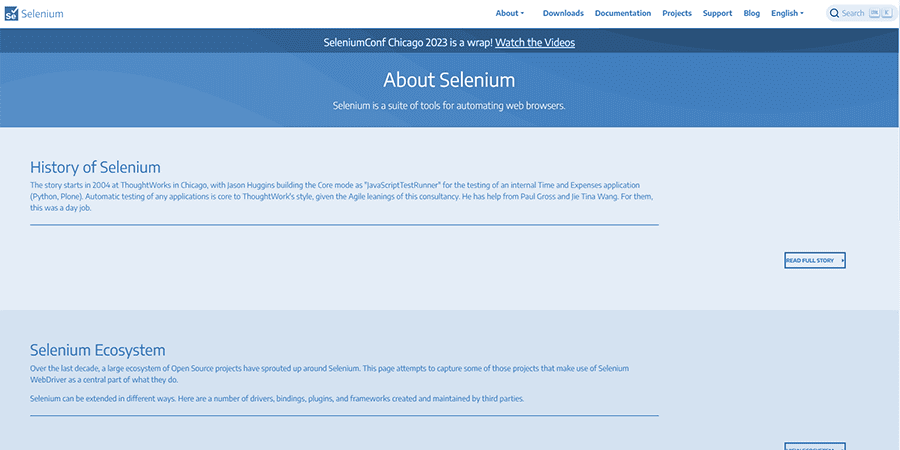
This open-source tool set is an excellent choice for testing your website’s performance on different browsers. Dedicated developers can write scripts in languages like Node.js, Python, Ruby, C#, and other popular alternatives.
Here are some of the main highlights of this wonderful testing tool for QA process improvements:
| First release year | 2004 |
| Developer | Thoughtworks |
| Browser support | Chrome, Firefox, Edge, Safari, Internet Explorer |
| Notable features | Cross-browser testing, parallel test execution, test logs, CI/CD pipeline integration |
-
Apache JMeter

You can use specialized tools like the Apache JMeter for QA process improvements. This tool is an open-source software for load testing and performance measurement.
It supports numerous networking protocols and can run on static as well as dynamic resources.
Here are some of the main details that you should know about Apache JMeter:
| First release year | 1998 |
| Developer | Apache Software Foundation |
| Networking protocol support | HTTPS, FTP, HTTP, TCP, SOAP, and LDAP |
| Notable features | GUI design, support to all Java-based apps, data visualization plugin, dynamic input |
-
Postman
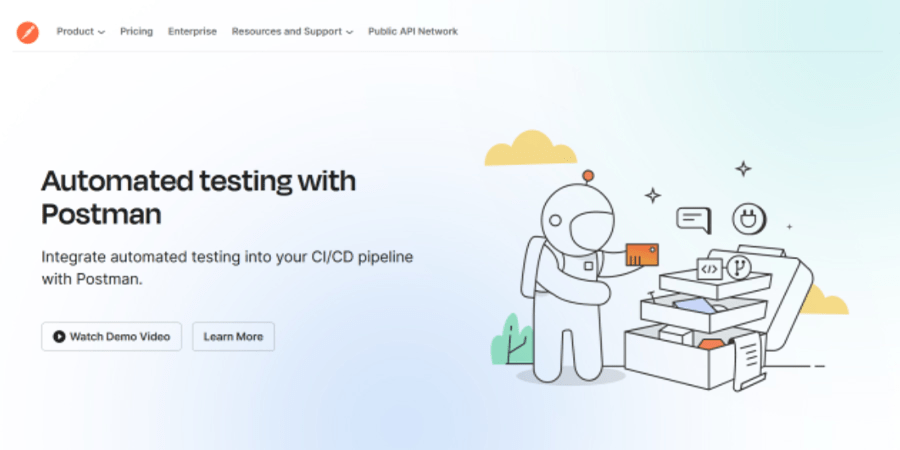
For automated API (Application Programming Interface), you can use Postman, a famous platform for developers.
It is possible to integrate this tool into your CI/CD pipeline.
Here are some of the main details that you should know for defining your QA process improvement strategy:
| First release year | 2014 |
| Developer | Postman Inc. |
| Popular products | API client, mock servers, repository search, digital workspaces, API builder, Postman Flows |
| Notable features | Query creation, API schema, data visualization, authentication protocols, code snippets |
-
Katalon

The final tool on our list is useful for automation testing. Built on Selenium, this tool is an AI-augmented platform that has rich codeless features.
You can strengthen your QA process improvement strategy with intelligent AI-based analytics from Katalon.
Take a look at the main information of this useful tool:
| First release year | 2015 |
| Developer | Katalon Inc. |
| Supported technologies | HTML, JavaScript, Ajax, SOAP, UWP, HTML5, Angular, RESTful |
| Notable features | Smart Wait, desktop app testing, private plugins, customized test data sources, console log modifications, test artifact sharing |
The Benefits of QA Process Improvements
Implementing an array of best practices for improving your quality assurance process can be impractical, even for proficient QA teams. Instead, you can perform a handful of relevant optimizations of your established strategy to get the best results.
After performing QA process improvements, you can witness the following benefits:
- Improvement in the overall productivity of your organization
- Enhancement of client experience due to a flawless digital product
- Prevention of software breakdown and hindrances in final deployment
- Risk mitigation and increased chances of delivering an error-free digital experience
As you can notice, all of these advantages lead to better customer satisfaction. So, you can witness a rise in profits and a boost in your company’s reputation through targeted QA process improvements.
Why is it Essential to Optimize the QA Process?
Optimizing the QA process in software testing has numerous benefits for both the development team and the end users.
Here’s why it’s crucial:
- Improved Efficiency and Cost Savings: By streamlining processes like test automation and prioritizing tests, you can catch bugs earlier and reduce the need for rework later in development
- Enhanced Software Quality: A well-optimized QA process ensures more thorough testing, leading to a higher quality software product with fewer bugs and glitches
- Faster Time to Market: Optimized QA processes can help identify and fix issues early on, allowing for more rapid development cycles and quicker product releases
- Reduced Risks: By proactively identifying and addressing potential problems, you can mitigate risks associated with software failures or security vulnerabilities
- Better Team Collaboration: Clear communication and collaboration between QA and development teams throughout the process lead to a more efficient workflow and a better understanding of user needs
- Satisfied Customers: A well-tested and high-quality software product leads to satisfied customers who are more likely to recommend your product and contribute to a positive brand reputation
By continuously evaluating and improving the QA process in agile, software development teams can deliver better products at a lower cost.
To Sum Up
QA process improvements are crucial to bolster your software development lifecycle. Refining your established quality and testing stage leads to an improvement in the overall evaluation output.
Use a reliable test automation tool to get the best results from QA process improvement. Names like Selenium, Katalon, Apache JMeter, and Postman are good options to consider.
Other best practices for quality assurance process improvement are using a shift-left testing approach, developing an improvement plan, and reducing software maintenance requirements.
The development team at eLuminous can guide you in the process of quality assurance. So, if you have any further doubts or need innovative ideas for quality assurance, contact us and receive tailor-made consulting promptly.
Frequently Asked Questions
1. How can the QA process be improved?
You can streamline and improve the QA process by automating repetitive tasks, shifting testing left into development, and fostering collaboration between teams. These strategies reduce costs, improve efficiency, and catch bugs earlier in the development cycle.
2. What is quality assurance and process improvement?
Quality assurance is a vital process that ensures products or services meet established standards, focusing on preventing and detecting defects. On the other hand, process improvement is a continuous evaluation and refinement of processes to optimize efficiency and quality.
3. What is an example of test process improvement?
One classic example of test process improvement is implementing test automation. This tactic replaces manual testing of repetitive tasks with automated scripts, freeing up testers to focus on complex scenarios and critical thinking.
4. What are the 4 essential steps of the quality improvement process?
The 4 essential steps of the quality improvement process are Plan (Define goals, identify areas for improvement, and choose improvement methods), Do (Implement the chosen improvement and collect data on its impact), Study (Analyze the data and evaluate the effectiveness of the change), and Act (Based on the analysis, adjust the process, standardize the successful change, or try a new approach).
5. What is the improvement plan for QA?
An improvement plan for the QA process in software testing focuses on areas like automation, early testing, and clear communication. It aims to streamline processes, identify defects sooner, and deliver higher-quality products.





